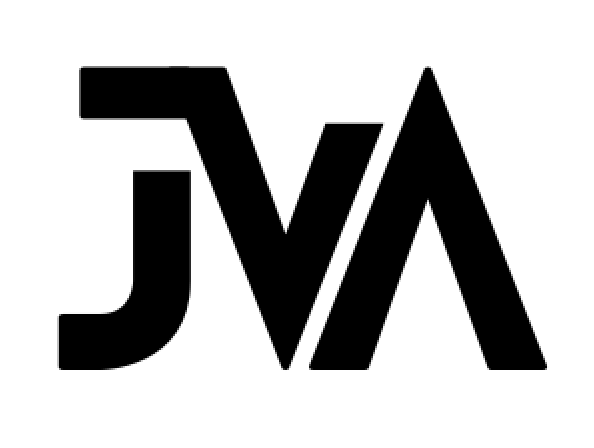A Word on the Narrative in Narrative Poetry
It often seems to me that many people think of narrative poetry as simply recounting events, following a linear progression of “This happened, and then that happened, and so on,” building scenes with all their accompanying factually accurate details. However, if poems were to only do this, they would risk becoming boring or predictable. Or both. Writing a narrative poem involves much more than just chronicling events; it requires a deeper understanding of what it is you are trying to accomplish with the poem—a task that involves exploration and discovery.
As an example of what I mean, I would like to take a quick look at the opening stanza of Billy Collins’ poem, “The Lanyard.” While the phrase “bouncing off the walls” is so familiar to us that we don’t really hear it as a metaphor anymore, “ricocheting off the walls” as a “new” metaphor does not seem any fresher. However, Collins uses a subtle technique that elevates the thought beyond cliché: he breaks the line after “slowly.” This lets the thought linger so that readers will pause and imagine the thought without the trappings of a cliché before continuing to read and completing the thought.
And while the next line only adds just a bit of description with its use of “blue”, the next lines build on that description—blue like being underwater. But it doesn’t build on it just to build on it—every detail serves a purpose. That is, they matter for a fuller understanding or experience of the poem, hinting at the speaker’s emotional state, particularly as we continue reading through the subsequent lines, trying to understand that movement:
from typewriter to piano,
from bookshelf to an envelope
It isn’t until we get to the dictionary reference that we understand these are terms, not actual locations—or, possibly they are terms. I think they could work either way, though. Especially as possibly an admission by Collins’ of his own writing process.
Consider an alternative, more straightforward version of this stanza:
The other day, in the midst of a mind-numbing afternoon,
I was meandering aimlessly
around the cluttered expanse of my room,
my movements sluggish as if I were wading through molasses.
From the clack of the typewriter to the dusty keys of the piano,
I drifted, lost in a sea of mundane tasks.
But then, out of the corner of my eye,
I spotted an anomaly amidst the chaos—
an envelope, carelessly discarded on the floor.
As I stooped to retrieve it, my gaze wandered,
landing on the open pages of the dictionary.
And there, nestled among the labyrinth of words,
I stumbled upon an unexpected treasure:
the humble yet intriguing word—lanyard.
While this version contains similar informational content, it lacks the nuanced language of Collin’s version. The original stanza, with its unexpected associations and subtle shifts in tone, challenges readers to interpret the narrative beyond its literal meaning. A quick test of this is to to ask yourself: what do you lose in this version of the stanza from the original? And WHY and HOW did you lose whatever that was?
Moving beyond the surface, it’s clear that the poem is not solely about a lanyard or its significance to the speaker. Instead, it works as a vehicle for exploring the complicated emotions of the speaker's relationship with his mother—feelings that transcends mere irony. A lesser poet would have focused just on those humorous distinctions in the relationship. The poem, however, rises and evokes the speaker’s feelings of inadequacy and gratitude, and ultimately expresses a love that surpasses comparison and becomes more significant through reflection.
Another test: consider how many times Collins uses the word “love” or some synonym of it in his poem. In other words, how do you know what the feelings are that being evoked in the poem?
Whatever that answer is, that’s how you write a poem.
My small point for this post is that crafting a narrative poem involves more than just recounting events; it’s storytelling that balances narrative and evocation through the use of structure, fresh language, imagery, and symbolism.
